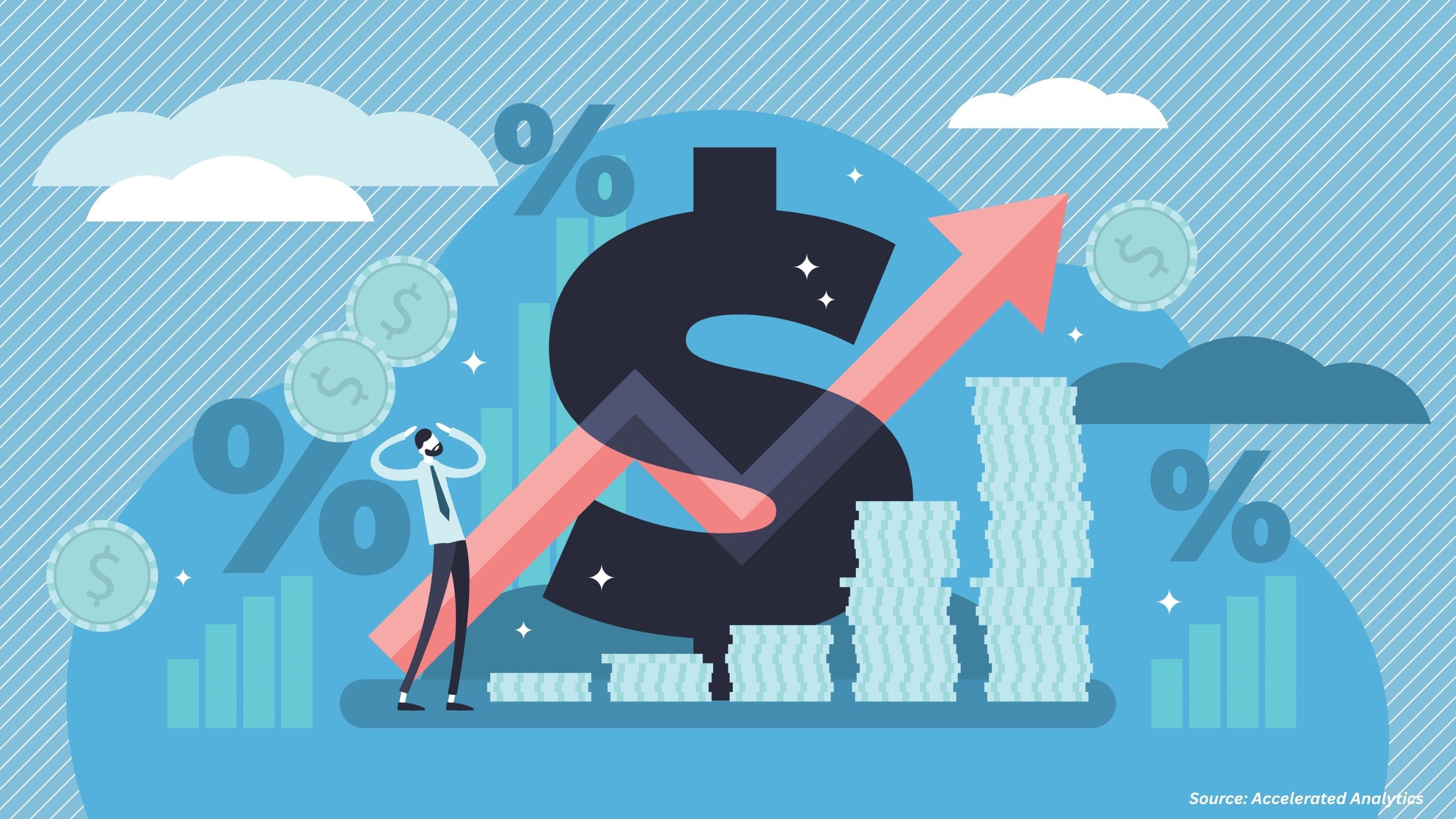BNPL Market: How New Tech is Changing the Game
Published: 2025-09-15

Introduction
The buy now pay later (BNPL) industry is rapidly growing as consumers seek more flexible and affordable payment options. With BNPL, consumers can purchase and pay for goods and services over time without incurring upfront interest or fees. Unlike credit cards, which can charge high-interest rates and late fees, BNPL providers offer interest-free payments and flexible repayment options. One of the primary advantages of BNPL over credit cards is that it allows consumers to spread the cost of their purchases over a set period without incurring interest charges. This feature makes BNPL a popular option among younger consumers seeking more affordable and accessible payment options. Additionally, BNPL providers offer a streamlined and user-friendly application process, with most applications being approved instantly, making it easier for consumers to access credit when needed.
Cutting-edge technologies in BNPL
BNPL providers have adopted numerous advanced technologies to improve customer experience and enhance their services. Some of the latest technologies in the BNPL industry include:
Artificial Intelligence (AI) and Machine Learning (ML): AI and ML technologies are used significantly by BNPL providers to identify potential fraud, personalize their offerings, and enhance the customer experience. Afterpay, one of the largest BNPL providers, uses AI and ML algorithms to assess risk and offer appropriate payment plans to customers.
Afterpay also uses AI-powered chatbots to handle customer inquiries and support. Similarly, Klarna, another leading BNPL provider, uses AI and ML algorithms to offer personalized payment options based on behavioral data. Splitit analyzes customer behavior and assesses risk in real-time to determine appropriate payment options, while Zebit uses data from multiple sources to offer personalized credit limits and payment plans. Using data-driven insights and predictive analytics, BNPL providers can offer their customers more tailored and relevant services, leading to better customer experiences and increased customer loyalty.
Biometrics: Biometric authentication is used by some BNPL providers to verify customer identities and prevent fraud. This includes facial recognition, fingerprint scanning, and voice recognition. BNPL companies are increasingly using biometrics technology to improve security and ensure the identity of customers during checkout. Sezzle is one such BNPL provider that uses biometric authentication to verify the identity of customers and prevent fraud. Sezzle also uses biometric data to give customers a more personalized shopping experience.
Afterpay is another BNPL provider experimenting with biometrics technology, having partnered with a biometrics firm to develop a system that uses facial recognition to verify the identity of customers. This technology can be used to improve security and reduce fraud in the checkout process. Klarna also integrated biometrics technology into its payment platform. It uses fingerprint authentication to verify the identity of customers during the checkout process. As biometrics technology evolves, more BNPL companies will likely incorporate it into their payment platforms to enhance security.
Blockchain: Blockchain technology can be used to create secure and transparent payment systems for BNPL services, reducing the risk of fraud and enhancing the efficiency of transactions. BNPL companies also explore using blockchain technology to enhance security and transparency in their payment processes. One example is Australian-based BNPL provider Zip Co., which partnered with the blockchain platform, Power Ledger, to explore the application of blockchain technology for its payment systems.
Power Ledger's blockchain technology will verify and settle transactions in real time, enabling faster and more secure payment processing for Zip Co. customers. Another example is European BNPL provider, Laybuy, which implemented a blockchain-based solution for verifying customer identities and preventing fraud. The solution uses a decentralized digital identity system to store customer information, ensuring that customer data is secure and cannot be manipulated. As blockchain technology continues to mature and become more mainstream, more BNPL companies will likely explore its potential for enhancing security and transparency in their payment processes.
Open Banking: Open banking allows customers to authorize sharing of their financial data with third-party providers, such as BNPL companies, in a secure and standardized manner. This enables BNPL providers to access real-time transaction data, credit scores, and other information that can be used to assess a customer's creditworthiness and offer personalized payment options. By leveraging open banking, BNPL companies can also reduce the risk of fraud and improve the speed and convenience of their payment processes. BNPL companies increasingly leverage open banking to streamline payment processes and enhance customer experiences.
One example is Swedish BNPL provider, Klarna, which integrated open banking to enable customers to verify their identities and share transaction data with the company securely and efficiently. This integration helped Klarna improve the accuracy of credit assessments and offer more personalized payment options to customers. Another example is the U.K.-based BNPL provider, Clearpay, which integrated open banking to enable customers to link their bank accounts and authorize payments without leaving the merchant's website. This integration helped Clearpay reduce the risk of fraud and improve the speed and convenience of its payment processes. As open banking continues gaining traction worldwide, more BNPL companies will likely explore its potential for enhancing their payment processes and customer experiences.
Conclusion
BNPL providers are incorporating advanced technologies such as Artificial Intelligence and Machine Learning (AI and ML), biometrics, blockchain, and Open Banking to improve customer experiences, enhance security, and reduce the risk of fraud. By leveraging these technologies, BNPL companies can offer personalized payment options, streamline payment processes, and ultimately provide better services to their customers. As the industry continues to grow and evolve, we will see even more advanced technologies adopted to meet consumers' changing needs and preferences.
About the Author
 Shyam Gupta is a passionate and highly enthusiastic researcher with more than four years of experience. He assists clients in overcoming difficult business challenges by providing actionable insights through exhaustive research. He has been closely monitoring a number of industries, such as Consumer Electronics, Robotics, and Electric Vehicles. He has a keen interest in writing articles and uses blogs as a medium to share his thoughts. He spends his time reading and painting, when not keeping up with industry news.
Shyam Gupta is a passionate and highly enthusiastic researcher with more than four years of experience. He assists clients in overcoming difficult business challenges by providing actionable insights through exhaustive research. He has been closely monitoring a number of industries, such as Consumer Electronics, Robotics, and Electric Vehicles. He has a keen interest in writing articles and uses blogs as a medium to share his thoughts. He spends his time reading and painting, when not keeping up with industry news.
About the Reviewer
 Debashree Dey is a skilled Content Writer, PR Specialist, and Assistant Manager with strong expertise in Digital Marketing. She specializes in crafting visibility strategies and delivering impactful, data-driven campaigns. Passionate about creating engaging, audience-focused content, she helps brands strengthen their online presence. Beyond work, she draws inspiration from creative projects and design pursuits.
Debashree Dey is a skilled Content Writer, PR Specialist, and Assistant Manager with strong expertise in Digital Marketing. She specializes in crafting visibility strategies and delivering impactful, data-driven campaigns. Passionate about creating engaging, audience-focused content, she helps brands strengthen their online presence. Beyond work, she draws inspiration from creative projects and design pursuits.
















Add Comment